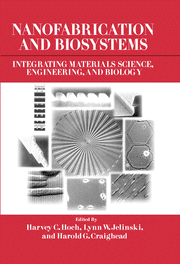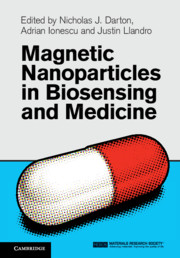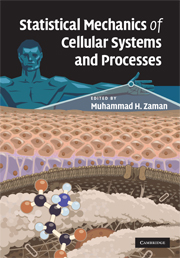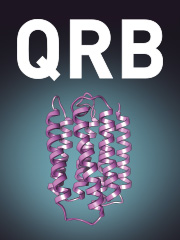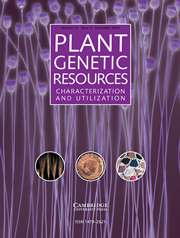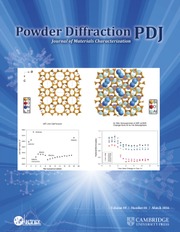Nanofabrication and Biosystems
This book discusses nano- and microfabrication, and how biologists are using such fabricated devices in their research. The goal of the book is to inform materials scientists and engineers about the needs of biologists, and equally, to inform biologists about how nano- and micro-scale fabrication may help to shed light on their own particular research problems. The book also aims to stimulate innovative, productive interactions between materials scientists, engineers, and biologists; and, to explore ways that materials scientists and engineers can exploit biological principles and biological assemblies to produce new and ever-smaller devices.
In addition to serving as a resource for scientists in the field, the book is also intended for any biologist or physical scientist who wishes to understand the current state-of-the-art, and what research is currently being done using biological nanofabrication.
- Nanofabrication is the making of minutely engineered structures, often only micrometres (a millionth of a metre) in size.
- The first book of its kind wholly devoted to nanofabrication, and how it can be used in biological research.
- The book is a complete state of the art view of this new exciting research area by leading scientists in this interdisciplinary field.
Product details
September 1996Hardback
9780521462648
443 pages
261 × 186 × 30 mm
1.147kg
199 b/w illus. 1 colour illus. 9 tables
Unavailable - out of print October 2004
Table of Contents
- Introduction: The frontiers and challenges L. W. Jelinski, H. C. Hoch, and H. G. Craighead
- 1. High resolution lithographic techniques for semiconductor nanofabrication A. Forchel, P. Ils, R. Steffen, M. Bayer
- 2. Principles of materials etching R. Germann
- 3.The development and application of micromechanical devices in biosystems K. D. Wise
- 4. Microsensors and microactuators for biomedical applications M. Esashi
- 5. The use of micromachined structures for the manipulation of biological objects M. Washizu
- 6. Light addressable potentiometric sensor: applications to drug discovery H. M. McConnell
- 7. A surface plasmon resonance biosensor for characterization of biospecific interactions M. Malmqvist
- 8. Standard test targets for high resolution light microscopy R. Oldenbourg, S. Inoué, R. Tiberio, A. Stemmer, G. Mei, and M. Skvarla
- 9. Cell constituent analysis: single cell sensitivity P. J. Beyer, R. A. Lee, M. R. Wood, N. Winograd, A. G. Ewing
- 10. Scanning force microscopy of biological macromolecules: present and future C. Bustamante, D. A. Erie, G. Yang
- 11. Nanoscale structures engineered by molecular self-assembly of functionalized monolayers D. L. Allara
- 12. Biofunctionalized membranes on solid surfaces R. Tampé, C. Dietrich, S. Gritsch, G. Elender, L. Schmitt
- 13. Molecular assembly technology for biosensors M. Aizawa, K. Nishiguchi, M. Imamura, E. Kobatake, T. Haruyama, Y. Ikariyama
- 14. Self-organized orderedgrowth of III-V semiconductor quantum wires K. Ploog
- 15. Formation of a simple model brain on microfabricated electrode arrays A. Kawana
- 16. Cellular engineering: control ofcell-substrate iInteractions P. E. Hockberger, B. Lom, A. Soekarno, K. E. Healy
- 17. Micro-control of neuronal outgrowth H. M. Buettner
- 18. Microfabricated surfaces in signaling for cell growth and differentiation in fungi H. C. Hoch, R. J. Bojko, G. L. Comeau, D. A. Lilienfeld
- 19. Effects of surface topography of implant materials on cell behavior in vitro and in vivo D. M. Brunette
- 20. Cell and growth cone behavior on micropatterned surfaces P. Clark
- 21. Force generation by the microtubule-based motor protein kinesin F. Gittes, E. Meyhöfer, S. Baek, D. Coy, B. Mickey, J. Howard
- 22. Contemporary problems in biology: contractile materials G. H. Pollack
- 23. Technology needs for the human genome project David T. Burke
- Index.

